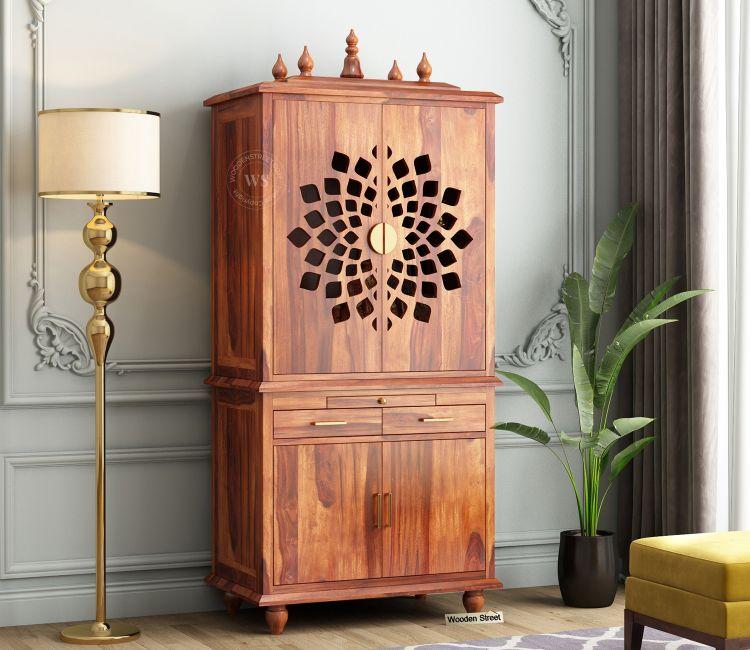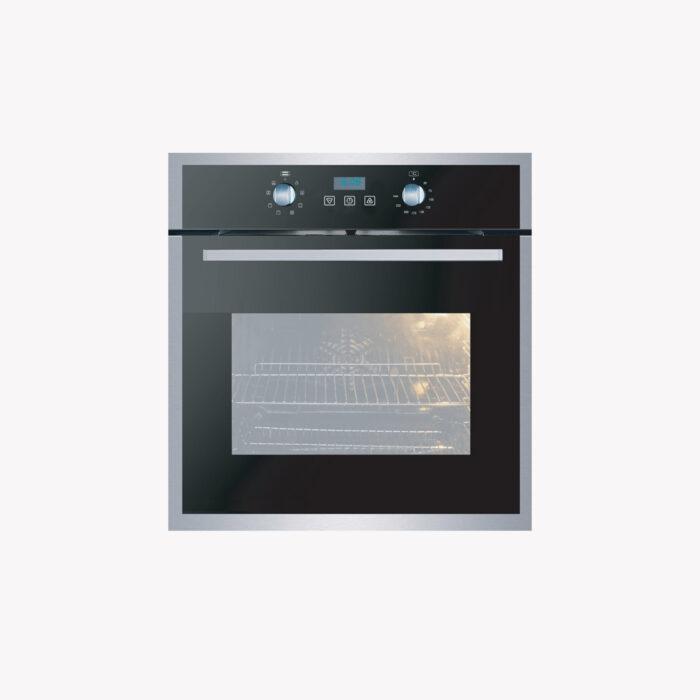Creating a Sacred Space with the Right Home Temple Design

In many households, a home temple serves as more than just a place for daily prayer. It is a spiritual focal point that represents peace, devotion, and personal connection with the divine. Designing a home temple requires careful thought and attention to detail because it becomes a symbol of purity and tranquility within the home. A well-designed home temple not only enhances the visual appeal of your interiors but also adds a layer of calm and serenity that enriches everyday life.
Understanding the Role of a Home Temple
A home temple is a dedicated space where individuals and families can engage in prayer, meditation, and spiritual reflection. It serves as a daily reminder of values, traditions, and inner peace. Whether it is a compact unit in an apartment or a larger structure in a spacious home, the purpose remains the same — to create a sacred area that aligns with your spiritual beliefs and practices. The emotional and cultural significance attached to the home temple makes it an essential element in many households.
Choosing the Ideal Location for a Home Temple
Selecting the right location is the first and most important step in designing a home temple. According to traditional practices and modern design principles, placing the temple in the northeast corner of the house is considered auspicious. This direction is believed to attract positive energy and spiritual harmony. If that is not possible, ensure that the area you choose is peaceful, clean, and free from distractions. Avoid placing the temple directly in front of a bathroom or under a staircase, as these placements are considered inauspicious. The goal is to establish a quiet zone that encourages mindfulness and inner focus.
Selecting the Right Materials and Design
The design of your home temple should reflect both your aesthetic preferences and spiritual values. Wooden temples for home are a popular choice as they bring warmth, elegance, and a traditional feel. Teak, Sheesham, and mango wood are often used due to their durability and natural appeal. The carvings, textures, and finishing details on wooden temples add to their beauty and can be tailored to suit modern, classic, or traditional interiors.
Alternatively, marble and stone mandirs give a sense of purity and permanence, often preferred for their divine appeal. For those with contemporary tastes, minimalist designs with clean lines, neutral colors, and subtle accents can work beautifully while still maintaining the spiritual essence of the space. The design should also accommodate practical elements like shelves, drawers, or lighting without overwhelming the sacred presence of the space.
Designing for Functionality and Aesthetic Appeal
While spiritual energy is at the heart of a home temple, functionality should not be overlooked. Consider how often you use the space and what kind of rituals you perform. Some may need storage for prayer books, incense, and oil lamps, while others may require multiple levels for placing idols and pictures. Thoughtful planning helps maintain organization and ease of use during daily prayers.
Aesthetics also play a key role. Decorative elements such as traditional bells, floral motifs, back panels with intricate latticework, and ambient lighting can enhance the sacred atmosphere. At the same time, maintaining simplicity ensures that the focus remains on the divine and not on elaborate decoration. A home temple should feel welcoming and spiritually uplifting the moment you enter it.
Integrating a Home Temple into Modern Living Spaces
With changing lifestyles and urban living, many people face space constraints. However, modern home designs have evolved to accommodate compact and elegant temple units even in smaller apartments. Wall-mounted mandirs, corner units, or mandirs integrated into living or dining rooms are creative ways to incorporate spirituality without sacrificing space.
By using sliding doors, concealed cabinets, or foldable panels, the temple area can be kept private when not in use. Lighting also becomes crucial in smaller spaces — warm LED strips or spotlights can highlight the idols and add a serene glow. With clever design, even the smallest corner can be transformed into a divine retreat.
Creating a Ritual-Friendly Ambiance
A home temple should evoke a sense of calm and devotion the moment you step into the space. This can be achieved by creating a dedicated ambiance using soft lighting, soothing colors, and minimal decor. Choose light tones such as white, beige, or pastel shades to maintain a peaceful setting. Keep the surroundings clutter-free and ensure the area is cleaned regularly as cleanliness is a vital part of spiritual practice.
Fresh flowers, incense, and devotional music can enhance the atmosphere and help set the tone for prayer and meditation. The temple should be a place where every member of the family can find a moment of peace in their daily routine.
Personalizing Your Sacred Space
No two home temple designs are the same because spiritual needs and preferences vary from person to person. Personal touches such as family heirlooms, favorite idols, handwritten prayers, or special photographs can make the space feel more intimate and meaningful. The layout and decor of the temple can evolve over time, reflecting growth in spiritual practice or changes in family dynamics.
Customizing the home temple also allows it to remain a living part of the household — a space that is not just visited during festivals, but a place of everyday comfort and spiritual grounding. Whether simple or elaborate, your home temple should be an honest expression of your faith and devotion.
Conclusion: A Harmonious Blend of Devotion and Design
A thoughtfully designed home temple is much more than a decorative addition — it becomes a source of spiritual energy, emotional balance, and cultural continuity within the home. By choosing the right location, materials, and design, you create a sanctuary that nurtures both devotion and inner peace. Whether large or small, traditional or modern, every home temple has the power to transform your living space into a more harmonious and meaningful environment.
الأقسام
إقرأ المزيد
United States of America – Date of Submission – 18/09/2025 - The Insight Partners is proud to announce its newest market report, " Virtual Cards Market: An In-depth Analysis of the Virtual Cards Market " The report provides a holistic view of the Virtual Cards market and describes the current scenario as well as growth estimates for Virtual Cards during the forecast...

The Electronic Cash Register Market Trends are evolving rapidly as businesses increasingly seek efficient, reliable, and technology-driven transaction solutions. With rising retail automation and demand for seamless payment systems, electronic cash registers have become an essential tool for both small businesses and large enterprises. Growing Adoption Across Retail and Hospitality Sectors The...

Introduction Modern kitchens are incomplete without the right appliances. A built-in microwave is one of the most essential tools for convenience, efficiency, and style. Whether you are reheating, baking, or cooking complete meals, having the right appliance makes a big difference. Built-in models like the CH-MB 20 and CH-MSL 25 are designed for people who want durability and advanced features...

Choosing the right legal counsel during family-related disputes can be the difference between peace of mind and prolonged conflict. When looking for a Family Law Attorney Midway City, it’s essential to focus on specific traits that make an attorney reliable, responsive, and result-oriented.1. Experience in Family Law CasesExperience matters, especially in sensitive legal matters like...

Executive Summary Microbial Biostimulants Market : Data Bridge Market Research analyses that the microbial biostimulants market will project a compound annual growth rate (CAGR) of 10.80% during the forecast period of 2022-2029. The Microbial Biostimulants Market research report concentrates on the foremost competitors of the global market and delivers information about the...




